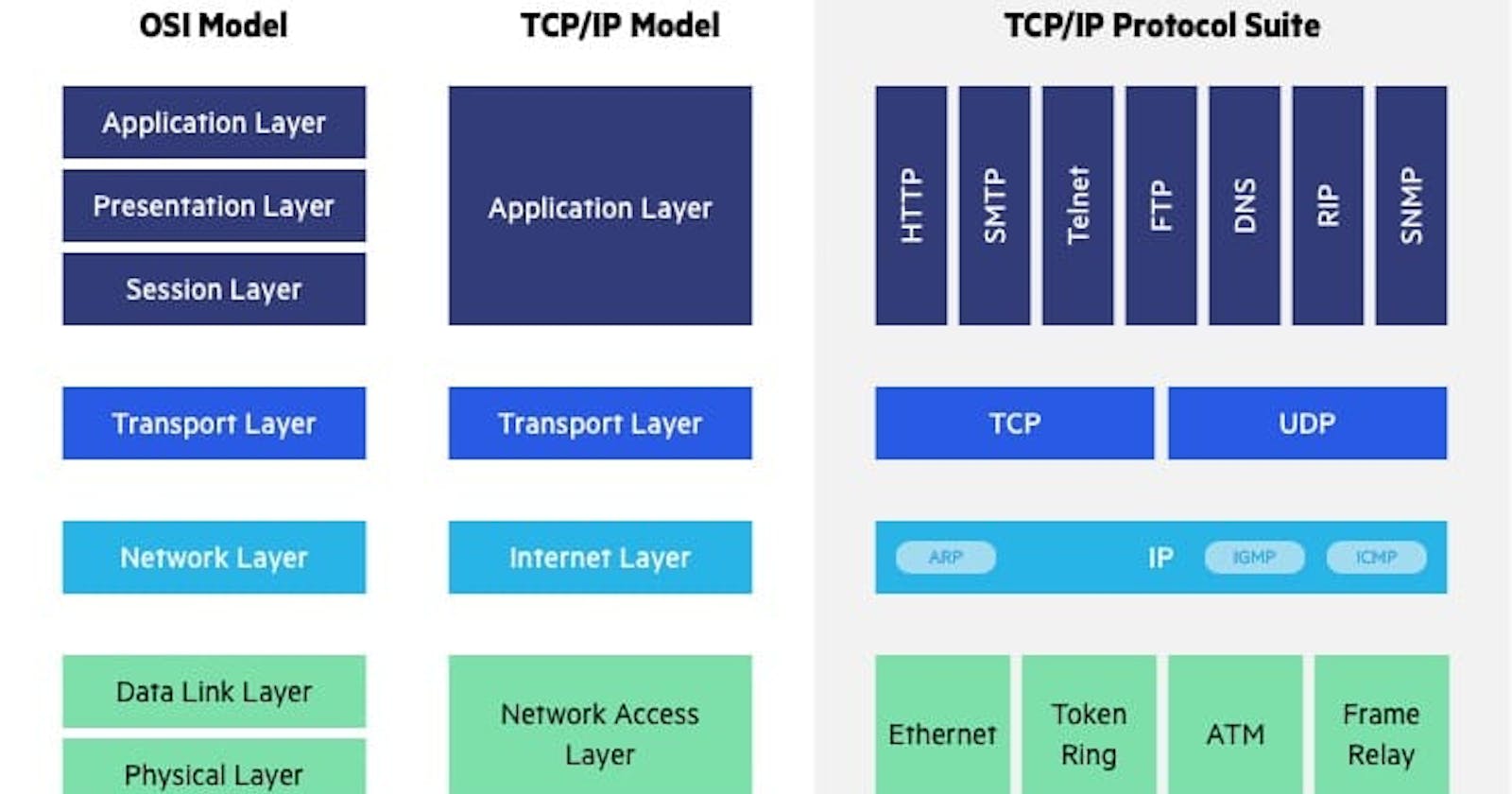Navigating the Open Systems Interconnection Model for Seamless Communication
Why do we need a communication model?
Agnostic applications
Without a standard model, your application must know the underlying network medium
Imagine if you have to author different version of your apps so that it works on wifi vs ethernet vs LTE vs fibre
Network Equipment Management
- Without a standard model, upgrading network equipment becomes difficult
Decoupled Innovation
- Innovations can be done in each layer separately without affecting the rest of the models
The OSI Layers (Sender)
7 Layers each describe a specific networking component
Layer 7 - Application - HTTP/FTP/gRPC
- Post request with JSON data to HTTPS server
Layer 6 - Presentation - Encoding, Serialization
- Serialize JSON to flat byte strings
Layer 5 - Session - Connection establishment, TLS
- Request to establish TCP connection/TLS
Layer 4 - Transport - UDP/TCP
- Sends SYN request target port 443
Layer 3 - Network - IP
- SYN is placed an IP packet(s) and adds the source/dest IPs
Layer 2 - Data link - Frames, Mac address Ethernet
- Each packet goes into a single frame and adds the source/dest MAC addresses
Layer 1 - Physical - Electric signals, fibre or radio wave
- Each frame becomes a string of bits which converted into either a radio signal(wifi), electric signal(ethernet) or light(fibre)
The OSI Layers (Receiver)
Layer 1 - Physical
- Radio, electric or light is received and converted into digital bits
Layer 2 - Datalink
- The bits from Layer 1 are assembled into frames
Layer 3 - Network
- The frames from layer 2 are assembled into the IP packet
Layer 4 - Transport
The IP packets from layer 3 are assembled into the TCP segment
Deals with congestion control/ flow control/transmission in case of TCP
If Segment is SYN we don’t need to go further into more layers as we are still processing the connection request
Layer 5 - Session
The connection session is established or identified
We only arrive at the layer when necessary (a three-way handshake is done)
Layer 6 - Presentation
- Deserialize flat byte strings back to JSON for the app to consume
Layer 7 - Application
- The application understands the JSON POST request and your express JSON or Apache request receive event is triggered
